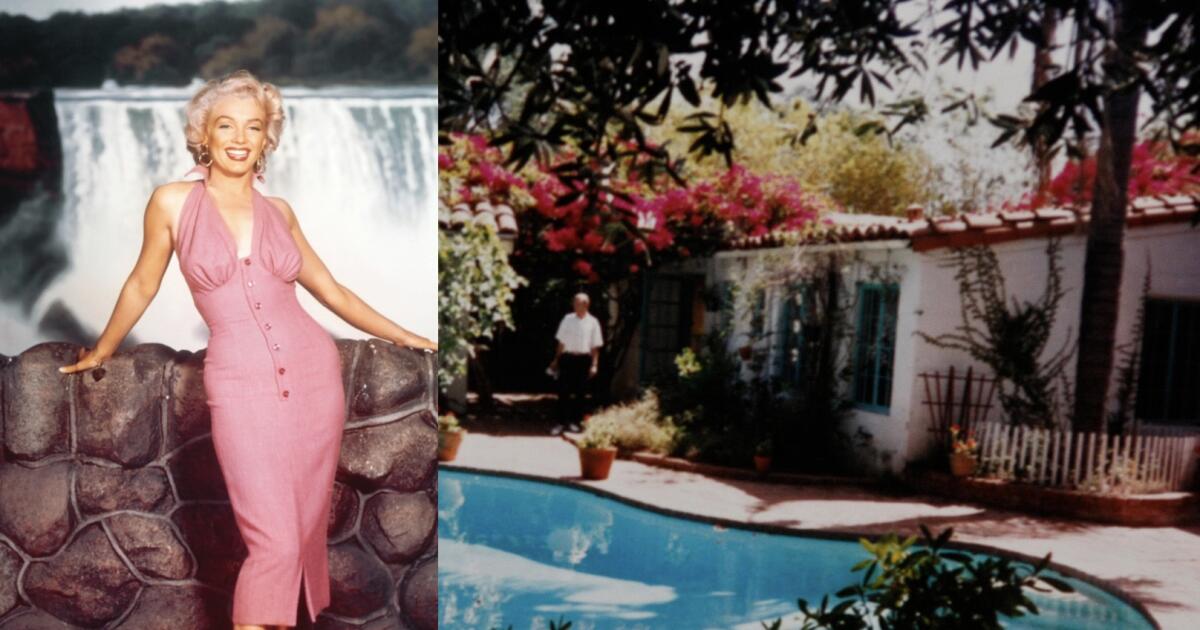Parks and gardens are the green heart of many communities, shaping the identity of a neighbourhood, and they’re changing the sustainable future of the property market.
From the villa gardens of Ancient Rome to New York City’s iconic Central Park, green spaces have been part of the design of some of the world’s most famous cities for thousands of years.
Historically, Australia’s urban green spaces were reserved for the wealthy and were something to be looked at, rather than communal spaces that benefitted the wider community.
Our communities have evolved a lot since then, reflecting the changing ideas of what makes a neighbourhood accessible, liveable, and sustainable.
Green spaces: A secret price indicator?
As property seekers prioritise affordability over large backyards, green infrastructure and amenities are becoming increasingly more important, says RPS Senior Principal Landscape Architect Sasha Tieleman.
“Over the past 10 years, there has been a greater focus on delivering well-integrated and accessible play, sports, fitness, and kickabout areas across new communities,” she says.
For industry experts like Peet, a residential developer with a 130-year history of creating master-planned communities across Australia, green spaces are an important part of what makes their neighbourhoods come alive.
“At Peet, we believe green spaces are the heart of thriving communities,” says Peet’s Chief Operating Officer Tony Gallagher.
“They connect people to their environment, to each other, and to a more sustainable future. It’s about creating neighbourhoods that are not only liveable, but lasting.”
Ms Tieleman explains that developers like Peet work with a wide range of experts to make sure modern green spaces are fully integrated into their unique communities.
“Planners, urban designers, engineers and landscape architects collaborate on Peet’s new communities to ensure open spaces and recreation parks are well-planned from the outset,” she says.
“The location and positioning of these spaces are strategically located to maximise their value—whether through colocation with existing habitats or creek corridors, alignment along green spines or main avenues, or by making the most of the site’s natural assets.”
Green spaces have always been a major part of urban planning, but modern developments are making sure the parks and natural spaces are more integrated than ever.
3 benefits of green spaces for a community
1. Health and wellbeing
2019 research from the Public Health Agency of Canada found that green spaces in urban areas can improve air quality, while a University of Western Sydney study found that residents living near green spaces were more likely to be active.
“Green spaces are essential not only for recreation and play, but also for supporting mental health, connecting with nature, your neighbours, and building important memories,” says Ms Tieleman.
“When well-integrated throughout a community, they offer comfortable, shaded, and connected networks of pedestrian and cycling paths and provide opportunities for a wide variety of activities that cater to all ages and abilities.”
2. Liveability
Green spaces also help make communities more comfortable and liveable, especially in our already hot climate.
They do this by reducing the ‘urban heat island effect’ where heat-absorbing surfaces like concrete and asphalt raise the ambient temperature of urban areas.
Research from the University of Melbourne shows that tree cover and city parks consistently lower average temperatures and make communities more comfortable for residents.
3. Sustainability
Integrated parks and green spaces can also improve the overall sustainability of a development and lessen its impact on the environment.
“Green spaces are essential to the sustainability of any master-planned community,” says Mr Gallagher, highlighting that green spaces can help support biodiversity by creating safe havens for native wildlife.
According to the NSW Department of Planning and the Environment, green spaces also act as buffer zones during periods of heavy rainfall as they are better able to flood and absorb stormwater than man-made materials like concrete or asphalt, limiting potential property damage.
Large open green spaces and fire-resistant trees and shrubs can also protect buildings and urban areas from fires.
The environmental benefits of green spaces in master-planned communities helps to futureproof the neighbourhoods and homes for years to come.
"It’s about creating neighbourhoods that are not only liveable, but lasting," says Mr Gallagher.
Beyond aesthetics, green spaces add a lot to the overall wellbeing, liveability and sustainability of a master-planned community.
Why great developers are making greener communities
Leading developers like Peet are playing their part in building the future-focused communities of tomorrow by making sustainability a priority.
In 2023, they were recognised as Capital Finance International’s Best Sustainable Community Developer (Australia) for their commitment to greener communities.
“Sustainability is embedded in Peet’s DNA,” Mr Gallagher says.
“Across our master-planned communities, we integrate a range of initiatives that reflect our commitment to environmentally conscious development.”
Water conservation, solar energy and land restoration are all core parts of their overall sustainable design philosophy, with individual communities having initiatives uniquely suited to their local areas.
“A standout example is Tonsley Village in South Australia, where over 500 dwellings have been connected to a District Energy Scheme,” explains Mr Gallagher.
“This innovative system features an embedded electrical network powered by 17,000 solar panels, supplying approximately 40% of the district’s annual energy needs.”
Peet champions many circular economy programs like the Repair Cafe initiative in many Western Australian projects, where residents can learn how to fix their possessions instead of throwing them away.
Along with plastic-free events, these are just some of the ways that Peet involves the community in sustainability efforts.
Green spaces in practice: Flagstone City, QLD
Less than an hour south of Brisbane’s CBD, Peet’s Flagstone City is a forward-focused community that incorporates green spaces and sustainable design.
“At Flagstone, green space is not just a feature—it’s the foundation of how we plan, design, and deliver,” Mr Gallagher says.
These green spaces build on and celebrate the area’s natural surroundings.
“Flagstone City is situated on a beautiful and unique site, where precincts are separated by natural creek corridors and ridgelines, creating distinctive opportunities for open space design,” says Ms Tieleman.
“This raw and natural landscape character is a key element of placemaking and identity at Flagstone.”
The parks in Peet's Flagstone City community were designed to build on the surrounding nature and be practical and useable for residents.
Ms Tieleman—who helped bring the green spaces to life as Flagstone City's landscape architect—explains that parks were integrated into these creeks and hilltops, particularly where existing greenery could be retained.
“This approach not only provides a more immersive and authentic experience but also helps to restore the ecology, biodiversity and expand habitat corridors throughout the site,” she says.
With 330 hectares of green spaces, Flagstone City was designed with a comprehensive community development strategy that ensures the spaces are not only protected, but also meaningfully used.
The community will ultimately deliver 11,000 homes, each of which will be located within 400m of a park or playground.
“Flagstone City is one of Peet’s most ambitious master-planned communities shaped by a long-term vision for greenspace amenity and community wellbeing,” says Mr Gallagher.
“This is what it means to create a truly future-focused, sustainable city.”



















 English (US) ·
English (US) ·